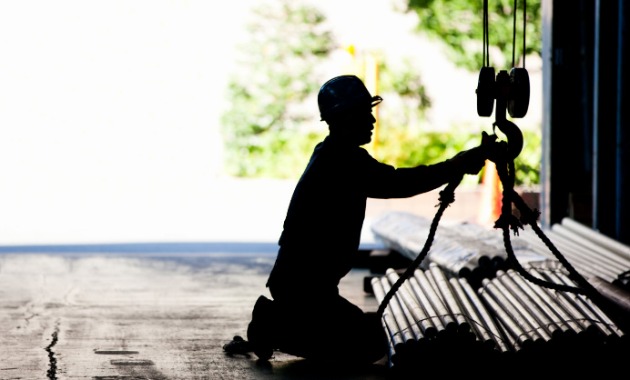Strain injuries can be devastating to the injured worker and often result in a lengthy recovery. Employers are likely to lose a highly trained and skilled worker for an extended period, which may require a replacement to be hired and/or trained. This is an example of the “hidden cost” of a claim that is not covered by workers' compensation insurance.
Strain Injuries from Pushing or Pulling are Controllable
Strain injuries are uniquely difficult to prevent because, in most cases, there is a variety of factors that contribute to how an individual’s body responds to a given stimulus. However, if companies are able to instill good habits in their employees to mitigate those contributing factors, strain injuries can be prevented and the impact of strains that do occur can be decreased.
Some of the factors that may contribute to an individual experiencing a strain injury include work history, sports or athletic history, general fitness, and fatigue. These factors are also cumulative, which is why many strains from pushing or pulling happen while the worker is lifting something they consider routine. Because of this, strategies to reduce strain injuries must also be long-term and cumulative.
Understanding Exposures for Repetitive Strain Injuries
The industries covered by the U.S. Longshore and Harbor Workers' Compensation Act face many exposures to strain injuries. Strain injuries from pulling or pushing can be caused by many of the tasks routinely performed in shipyards and marine terminals.
In ship construction, pulling cables often requires workers to pull while in awkward positions which increases the risk of injury. Moving over-loaded tool carts, barrels, or other objects can also result in strains. In marine terminal operations, the routine task of mooring a vessel is a perfect example of a pushing or pulling strain exposure.
While preventing strain injuries from pushing or pulling may seem like a daunting task, there are proven steps that you can take to prevent injury and improve workplace efficiency. This process begins by assessing the specific exposures to workers in their particular work environment.
Photos illustrating some repetitive motion strain exposures can be found on the Safety Focus: Strains From Pushing or Pulling page on the ALMA member resource website.
Exclusive for ALMA Members: Strains From Pushing or Pulling Resource Site
As part of our monthly Safety Focus initiative, the ALMA member resource website has a page providing safety resources related to strains from pushing or puling. Resources include:
- OSHA materials and guidelines
- Illustrated examples of exposures to strains from pushing or pulling
- A facility poster to encourage workers to prevent strains
- A comprehensive strain injury prevention guidance document
- Toolbox talks
- Safety bulletins


